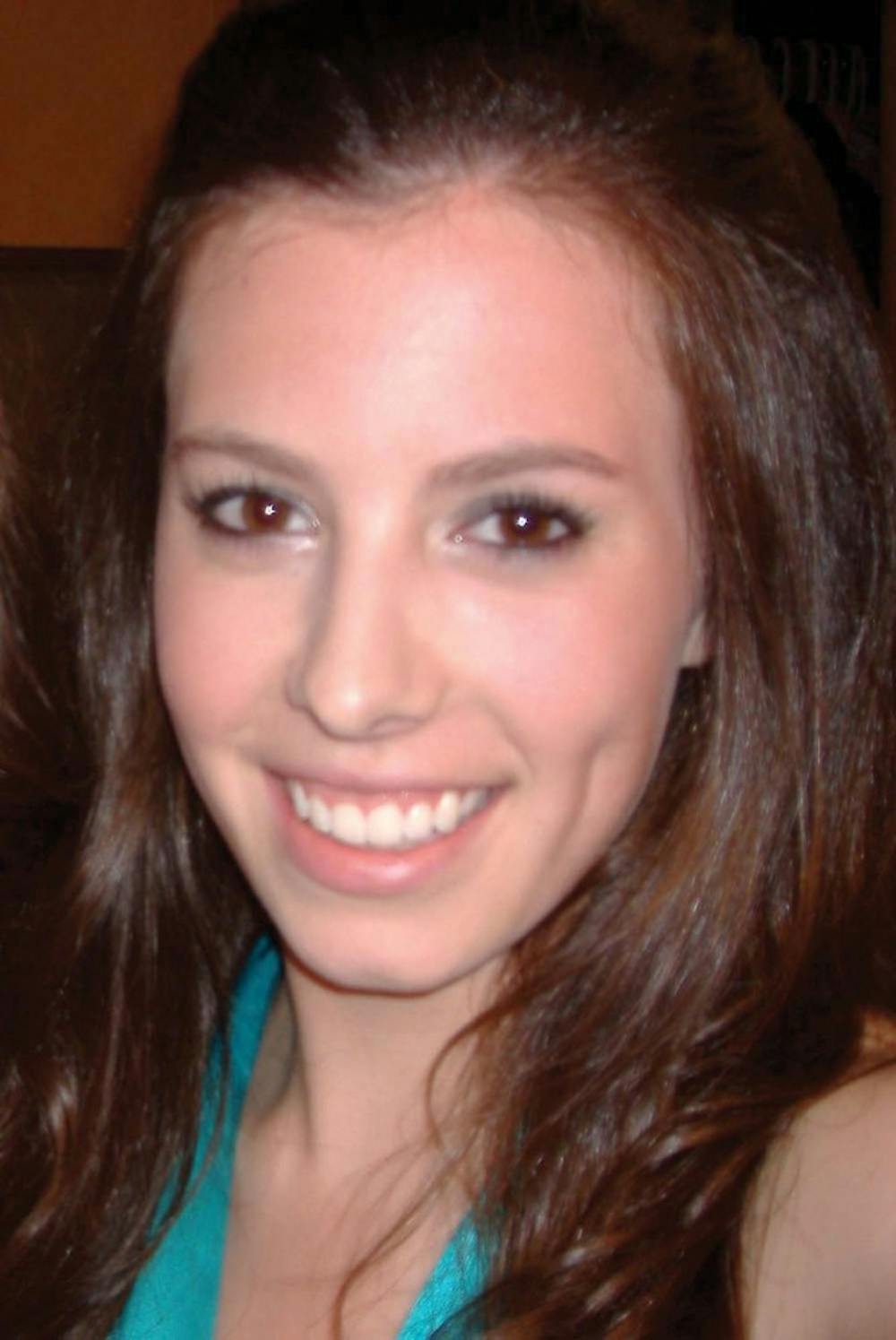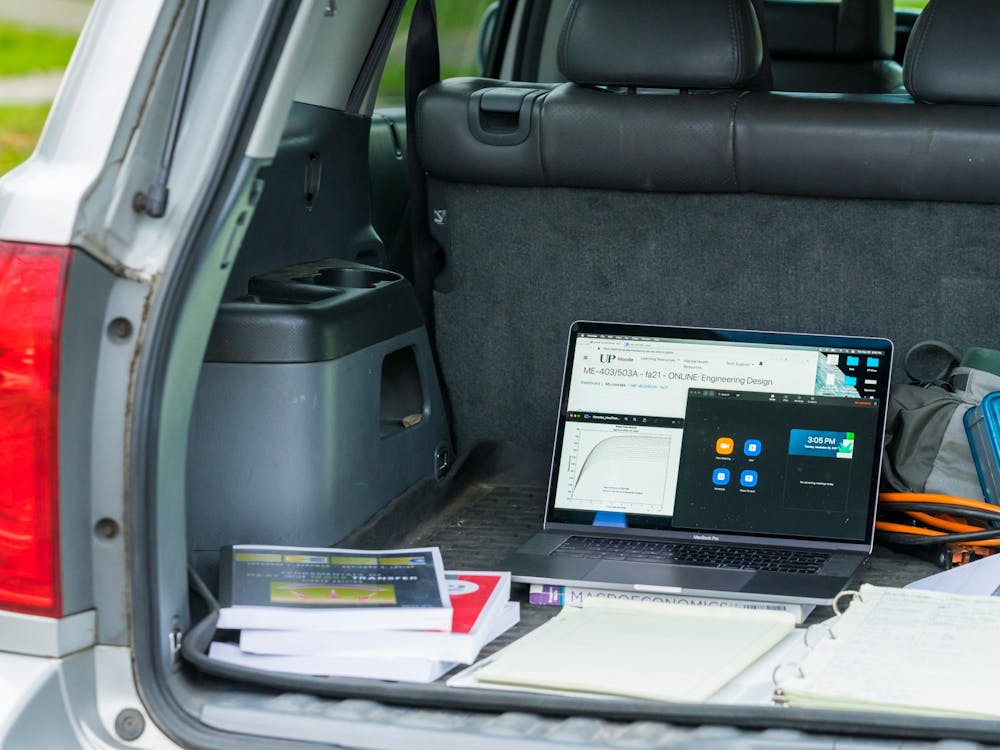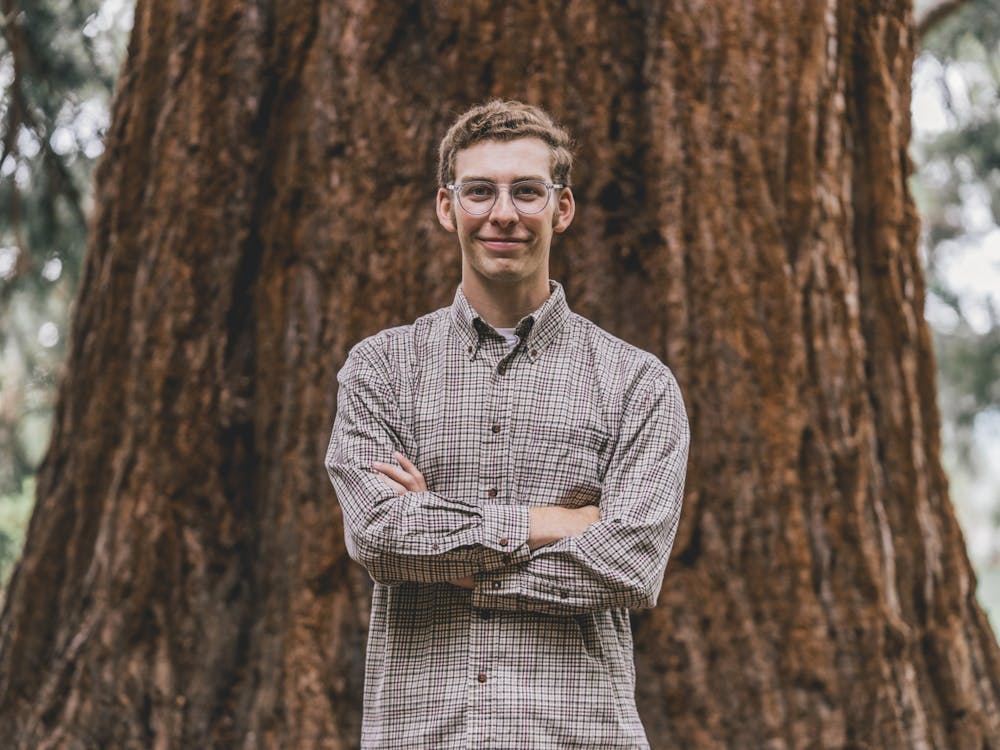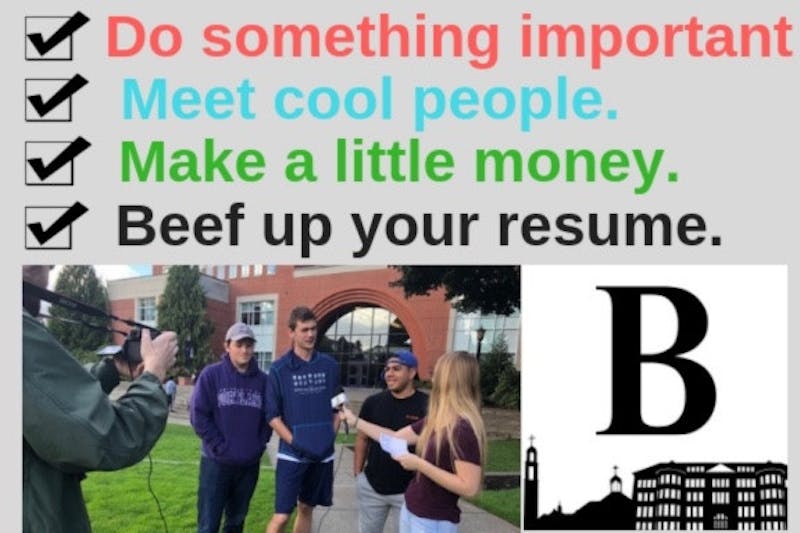(The Beacon)
By Kathleen Doyle, Guest Commentary -- doyle12@up.edu
According to the April 7 issue of The Beacon, CPB and Student Activities wish to breathalyze every student who attends Dance
of the Decades in hopes of reducing the amount of alcohol-related issues at the event. Not to beat a dead horse (à la the chivalry debate), but after reading the articles concerned with anticipated policy changes, I am troubled by the intended course of action.
But even though I disagree with current plans (which seem reactionary in nature) this editorial is not meant to diminish the efforts of CPB members and Student Activities employees. Both work hard to plan fun and safe events and undeservingly take flak from students who ... let's say ... desperately want tickets to a sold-out dance.
With regard to Dance of the Decades, many have already argued that stricter rules would lead to a decrease in ticket sales – and they very well might – but I believe the implications of the proposed policy changes are much more disturbing than lost revenue.
Having played both the role of the occasionally unruly resident and the role of Resident Assistant, I find it appropriate (and beneficial) that policies at UP reflect a trust in students. Even the current intervisitation policy, for example, shows that UP has confidence in its students.
Currently, a student must sign in at the front desk when they visit another hall and must leave the room they visit once intervisitation hours are over. But ask any on-campus Pilot: it's extremely easy to circumvent these guidelines and break all the intervis you want. So, in hopes of eliminating all violation of the intervis policy, should we adopt a set of rules based on distrust? If we really wanted to eliminate intervis problems, us Fields Hall RAs would check every room (parallel: Public Safety would breathalyze every dance attendee ...) at midnight for male students. Or perhaps visitors would be required to leave their ID cards at the front desk when they enter. What about sneaking them in the back doors, you say? We'd certainly hire hall monitors for that. Nevermind the exhaustive checks and balances – our residents will probably just thank us for keeping them safe. And if they hate living in Fields? Well, we might just rid ourselves of the pesky on-campus housing crisis when they move to houses and apartments.
I appreciate that CPB and Student Activities aim to protect students' well-being, but can't ignore that they aim to solve a problem by eliminating choice.
The three hospital visits, five MIPs, three send-homes and one detox trip are extremely disconcerting, but I instead would like to consider the other 1,700-some students who were not appallingly plastered.
Some of us do feel that drinking inhibits our dancing abilities, but as workshop leaders, RAs and alcohol speakers will all maintain, only about 20 per- cent of college students choose to completely abstain from drinking. Perhaps this is the same 20 percent that agreed that mass-breathalyzing would solve the problem (and perhaps students who choose to spend quality time with a CPB survey are the same responsible types who aren't celebrating Thirsty Thursday ... just saying). Point is, skewed results are no democratic basis for this policy change.
Course of action aside, let's look at the core of this problem. Students are stupidly drinking massive amounts of alcohol very quickly. Since we don't want them getting Hepatitis C at the "drunk tank," we decide to virtually outlaw drinking the night of our biggest dance. We forget that students end up in detox or at the hospital all the time following nights of binge drinking at off- campus house parties.
We also forget the University's central values of teaching, faith and service. If our students are pounding eight shots in an hour, something is amiss educationally – students who end up in the hospital have not been sufficiently taught about responsible drinking.
I say keep homecoming, but still request that extra money. Maybe it can go toward a comprehensive alcohol education rather than a D-list band (last time I checked, you couldn't get someone rad like Ke$ha at UP for $17,000). If we decide not to teach students about safe alcohol consumption and if we decide not to have faith in their abilities to make good decisions as adults, not to worry – where there's a will, there's a way.
Students are already buzzing about ways they can ingest alcohol without their BAC manifesting itself through a Breathalyzer. Jell-O shots, apparently, can be swallowed quickly and soaked into the bloodstream more slowly. If you're a lady not looking to pre-game, you could also – for example – place plastic bags of alcohol in your bra for later.
Now, unless P-Safe wants to invest in TSA-esque body scanners or begin strip-searching students, the threat of policing students isn't going to keep alcohol out of our dances. And if it does, it will push our uneducated students out into the neighborhoods of North Portland where there are no CPB volunteers, Public Safety officers or Student Activities employees to watch out for them. These "solutions" are all viable if, and only if, we decide the problem is that the school has to deal with drunken students at its own events.
If CPB and Student Activities can use the "appeal to probability" and "proof by example" fallacies (for all you philosophy majors out there), I feel okay using "slippery slope" and "appeal to fear" in this editorial. Guess what doesn't show up on a Breathalyzer? Ecstasy. But at least nobody's blood would be 9 percent vodka.
Kathleen Doyle is a junior secondary education and English major. She can be contacted at doyle12@up.edu.








